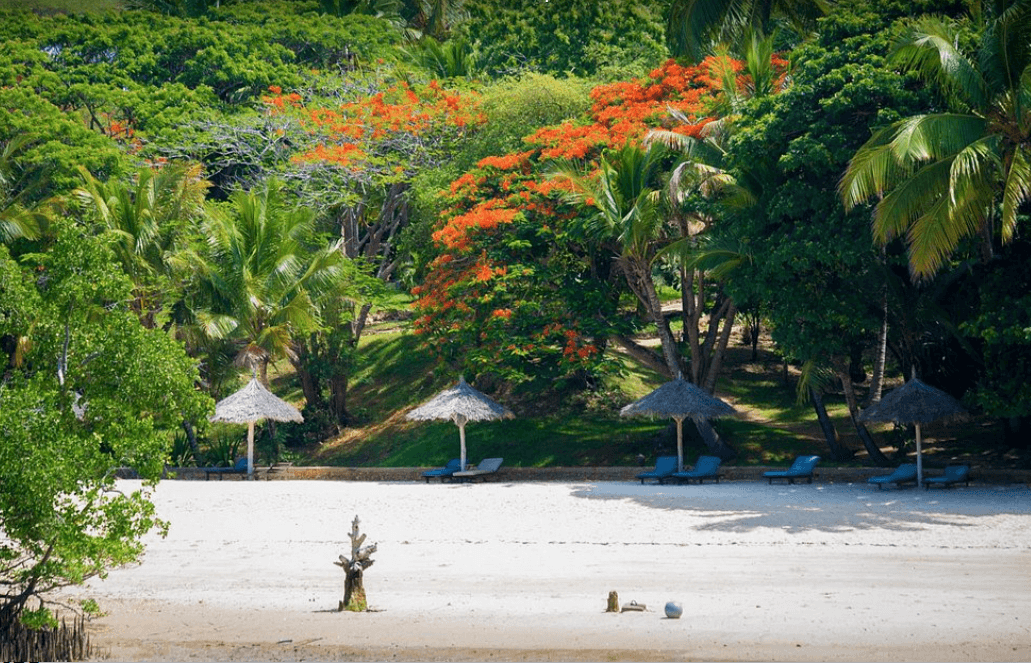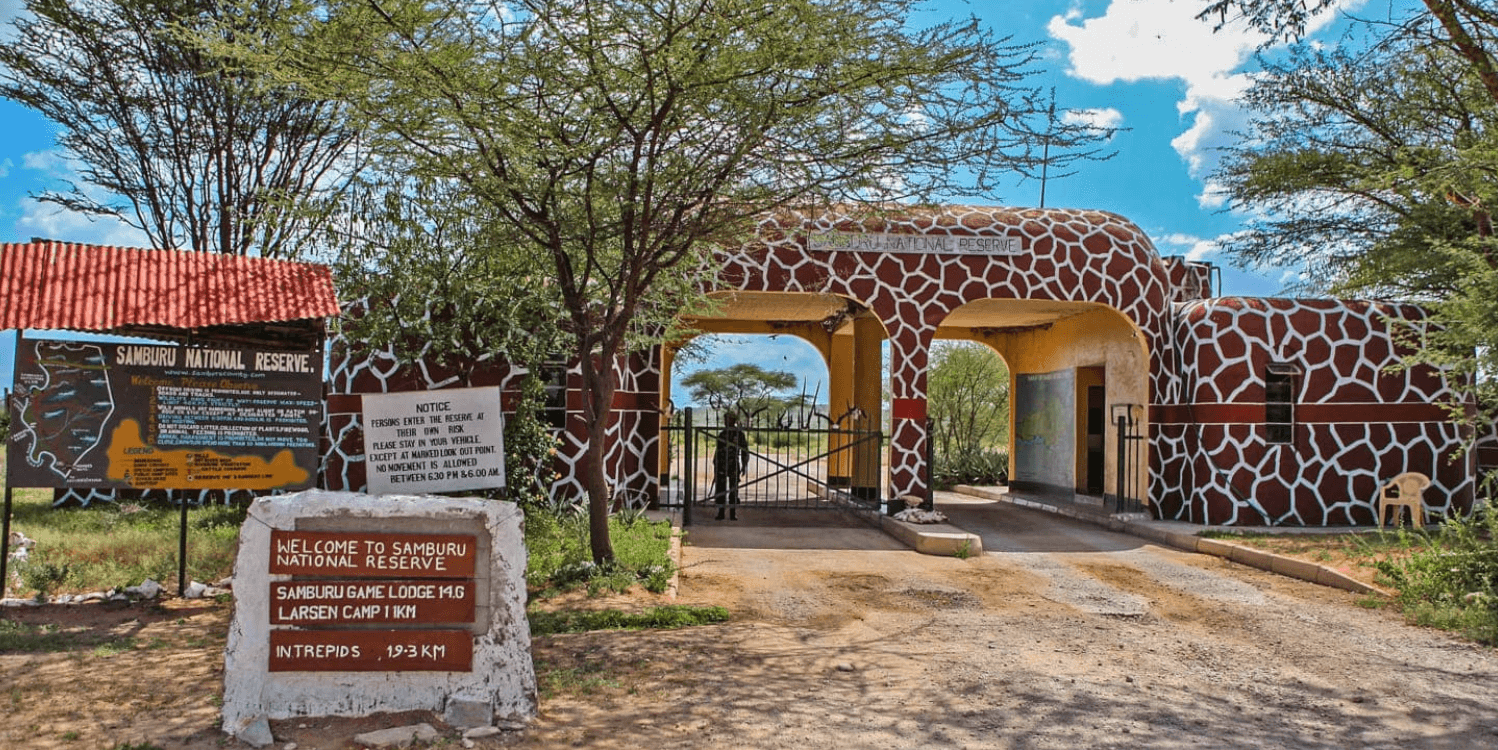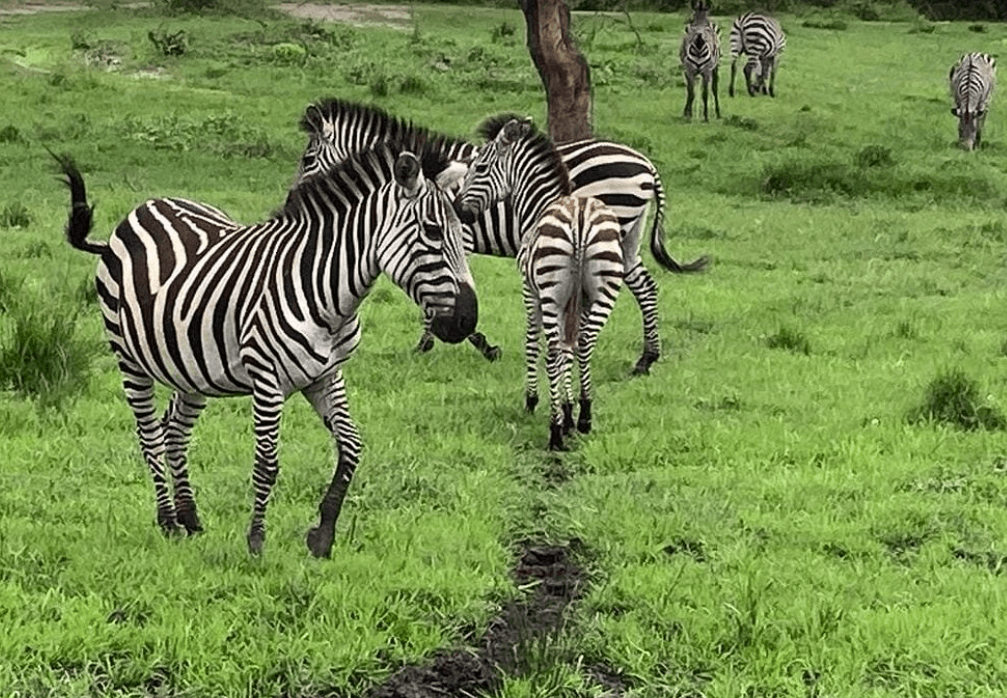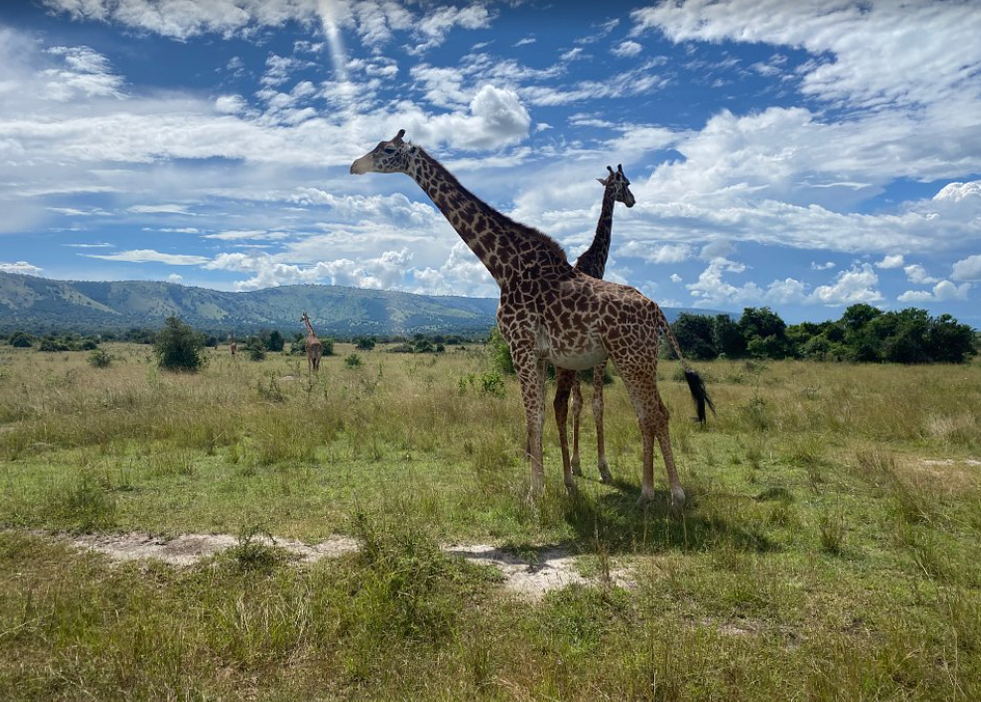Tsavo National Park: A Safari Adventure Like No Other
Tsavo National Park is Kenya’s vast, breathtaking wilderness, offering one of Africa’s top safari experiences. Known for red-dusted elephants, dramatic landscapes, and rich wildlife, Tsavo is split into two sections: Tsavo East and Tsavo West. Each side promises adventure and excitement for all travelers. This guide covers all you need for a successful visit, from history to travel tips, top attractions, and accommodations.
About Tsavo National Park
Covering over 22,000 square kilometers, Tsavo National Park is Kenya’s largest and one of the world’s biggest parks. Established in 1948, it’s divided by the Nairobi-Mombasa railway into Tsavo East and Tsavo West. Each side offers unique landscapes, habitats, and wildlife. Tsavo East is flat and arid, while Tsavo West has rugged volcanic hills, springs, and riverine forests.
Why Visit Tsavo National Park?
A Tsavo safari is unique, with vast, uncrowded landscapes where visitors see nature in its raw, untamed state. Here’s why you should visit:
- Incredible Biodiversity: Tsavo is home to the “Big Five”—lions, leopards, elephants, buffaloes, and rhinos—along with 500+ bird species, cheetahs, giraffes, and hippos.
- Scenic Landscapes: From Tsavo East’s rolling plains to Tsavo West’s volcanic scenery, it’s a photographer’s paradise.
- Unique Wildlife Encounters: Tsavo is famous for “red elephants,” which dust themselves in the park’s rich red soil.
- Historical Significance: Tsavo tells the story of the Man-Eaters of Tsavo, a lion duo that terrorized railway workers in the late 19th century, inspiring books and films.
Getting to Tsavo National Park
Accessibility by Road, Rail, and Air
Tsavo National Park is strategically located between Nairobi and Mombasa, making it accessible by multiple modes of transport.
By Road
- From Nairobi: The journey by road from Nairobi to Tsavo West’s Mtito Andei Gate takes around 5 hours, covering a distance of roughly 240 km.
- From Mombasa: Tsavo East is closer to Mombasa, taking about 3 hours by road.
- From Malindi: Visitors from Malindi can reach Tsavo East in around 3 hours, making it a popular addition to beach holidays.
By Rail
The Madaraka Express, Kenya’s high-speed train service, connects Nairobi and Mombasa and stops at the Mtito Andei Station near Tsavo West, as well as Voi for Tsavo East. This modern train service offers a comfortable and scenic journey and is popular among tourists.
By Air
For those who prefer air travel, several airstrips are located in Tsavo National Park, and charter flights are available from Nairobi, Mombasa, or Malindi. The main airstrips are at Voi, Kamboyo, and Kilaguni for Tsavo West, and Satao and Aruba for Tsavo East.
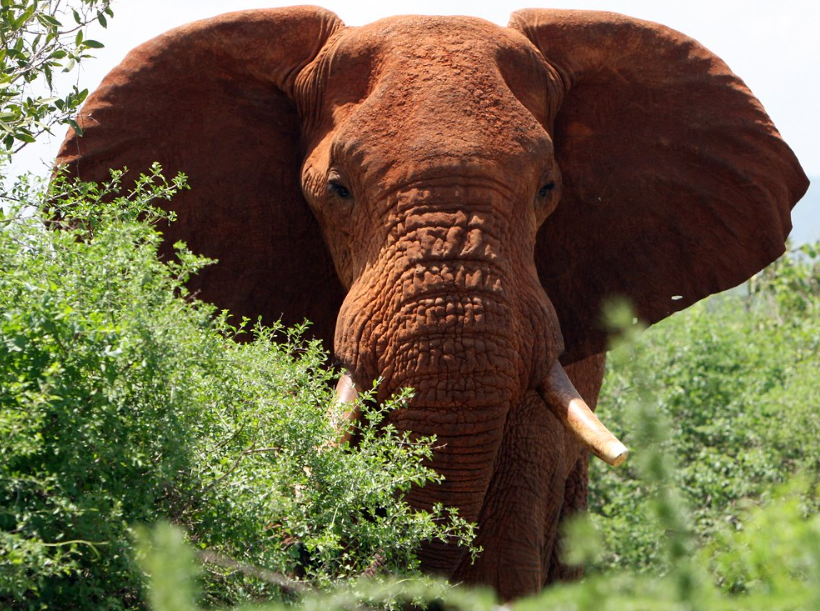
Attractions and Activities at Tsavo National Park
Wildlife Safari: Spotting the Big Five and Beyond
Tsavo National Park offers some of the best wildlife viewing in Kenya. Safari drives through Tsavo East’s wide plains or Tsavo West’s bushy hills often reveal elephants, zebras, giraffes, and lions. Tsavo’s lions are known for their lack of manes, a unique feature that makes them easily recognizable.
The Red Elephants of Tsavo
One of Tsavo’s unique draws is its population of red elephants. These elephants roll in the iron-rich soil, coating themselves in a striking red hue that offers excellent photo opportunities.
Birdwatching Paradise
With over 500 recorded bird species, Tsavo National Park is a birdwatcher’s dream. Species include the rare Taita falcon, African fish eagle, and golden pipit. Tsavo’s birdlife is most active from November to April when migratory birds arrive.
The Shetani Lava Flow in Tsavo West
The Shetani Lava Flow is a stark, black volcanic rock formation that stretches for miles, a result of a volcanic eruption that occurred hundreds of years ago. Visitors can walk across this surreal landscape and learn about the area’s fascinating geological history.
Mzima Springs: A Source of Life in Tsavo West
Mzima Springs, with its crystal-clear waters, is an oasis for both wildlife and tourists. This spring system provides an essential water source for animals, and visitors can observe hippos, crocodiles, and various fish species through an underwater viewing chamber.
Ngulia Rhino Sanctuary
Located in Tsavo West, the Ngulia Rhino Sanctuary is a secured area dedicated to the protection and conservation of Kenya’s black rhino population. Guided tours allow visitors to learn about rhino conservation efforts and observe these magnificent creatures in a safe environment.
Lugard Falls and the Galana River
Named after British explorer Frederick Lugard, these beautiful waterfalls are found along the Galana River in Tsavo East. The falls are more of a series of rapids, but the scenic views and unique rock formations make this a popular stop for photographers and nature lovers.
Poacher’s Lookout: Scenic Views of the Tsavo Landscape
For panoramic views, Poacher’s Lookout (or “Lion Rock”) in Tsavo West offers breathtaking vistas across the vast landscape, providing a scenic spot to watch sunsets or scout for distant wildlife.
Where to stay at Tsavo National Park
A Range of Lodging Options to Suit Every Budget
Tsavo National Park offers accommodations that cater to various budgets and preferences, from luxurious lodges to rustic campsites.
Luxury Lodges and Camps
- Kilaguni Serena Safari Lodge: Located in Tsavo West, this lodge offers views of Mount Kilimanjaro and overlooks a waterhole frequented by elephants and other wildlife.
- Finch Hattons Luxury Tented Camp: An upscale option in Tsavo West, Finch Hattons offers luxury tented accommodations with stunning views and exclusive safari experiences.
Mid-Range Lodges
- Voyager Ziwani Camp: This camp, situated on a private conservancy in Tsavo West, provides comfortable tented accommodations and a variety of safari activities.
- Ashnil Aruba Lodge: Located in Tsavo East, Ashnil Aruba is a mid-range lodge offering excellent amenities and easy access to wildlife viewing areas.
Budget Camps and Campsites
- Ndololo Camp: This budget-friendly camp in Tsavo East offers basic but comfortable accommodations, including permanent tents and camping facilities.
- Public Campsites: Tsavo has several campsites where visitors can set up tents, providing an affordable way to experience the park up close.
FAQs About Visiting Tsavo National Park
1. What is the Best Time to Visit Tsavo National Park?
The best time to visit Tsavo is during the dry seasons, which occur from June to October and January to February. Wildlife is easier to spot as animals gather around water sources. However, the rainy seasons (March to May and November to December) bring fewer tourists, making it ideal for those looking for a more secluded experience.
2. What Should I Pack for a Safari in Tsavo?
Essentials include lightweight clothing, comfortable walking shoes, sun protection (hat, sunglasses, and sunscreen), a good camera, binoculars, insect repellent, and plenty of water.
3. Is Tsavo National Park Safe for Tourists?
Yes, Tsavo National Park is generally safe for tourists. However, it’s essential to follow the guidance of park rangers and adhere to park regulations, especially when it comes to wildlife interactions.
4. Can I Visit Both Tsavo East and Tsavo West in One Trip?
Yes, it’s possible to visit both sections in one trip, but due to the size of the park, planning for several days is recommended. Each side offers different attractions, so many travelers prefer to explore each for a few days.
5. Do I Need a Guide for Tsavo National Park?
While it’s not mandatory to have a guide, hiring one enhances the experience. Guides are knowledgeable about the park’s wildlife, geology, and history, providing insights that visitors might miss on their own.
Embrace the Wild Spirit of Tsavo National Park
Tsavo National Park offers a safari experience like no other. With stunning landscapes, rich history, and diverse wildlife, it captivates every visitor. Spot the unique red elephants crossing the plains, feel the thrill of seeing lions by watering holes, or enjoy a peaceful sunset over the Shetani Lava Flow. Tsavo leaves a lasting impression.
Easily accessible by road, rail, or air, Tsavo suits every budget with a range of accommodations. Embrace the wild beauty and adventure of Tsavo National Park, and uncover the magic of Kenya’s untamed heart.

